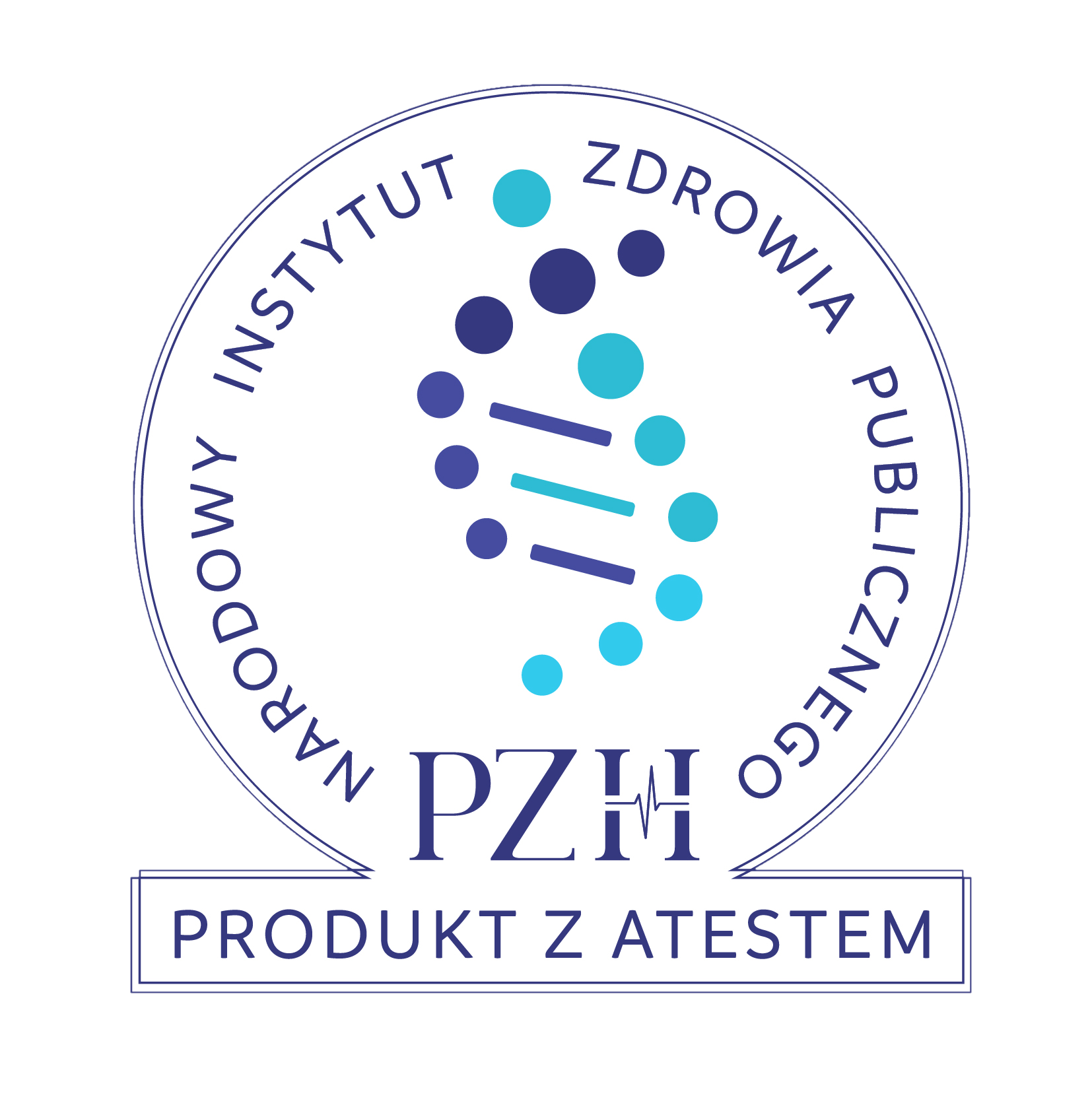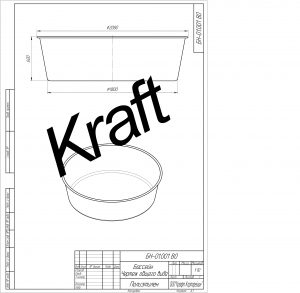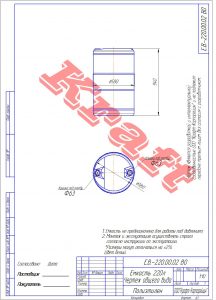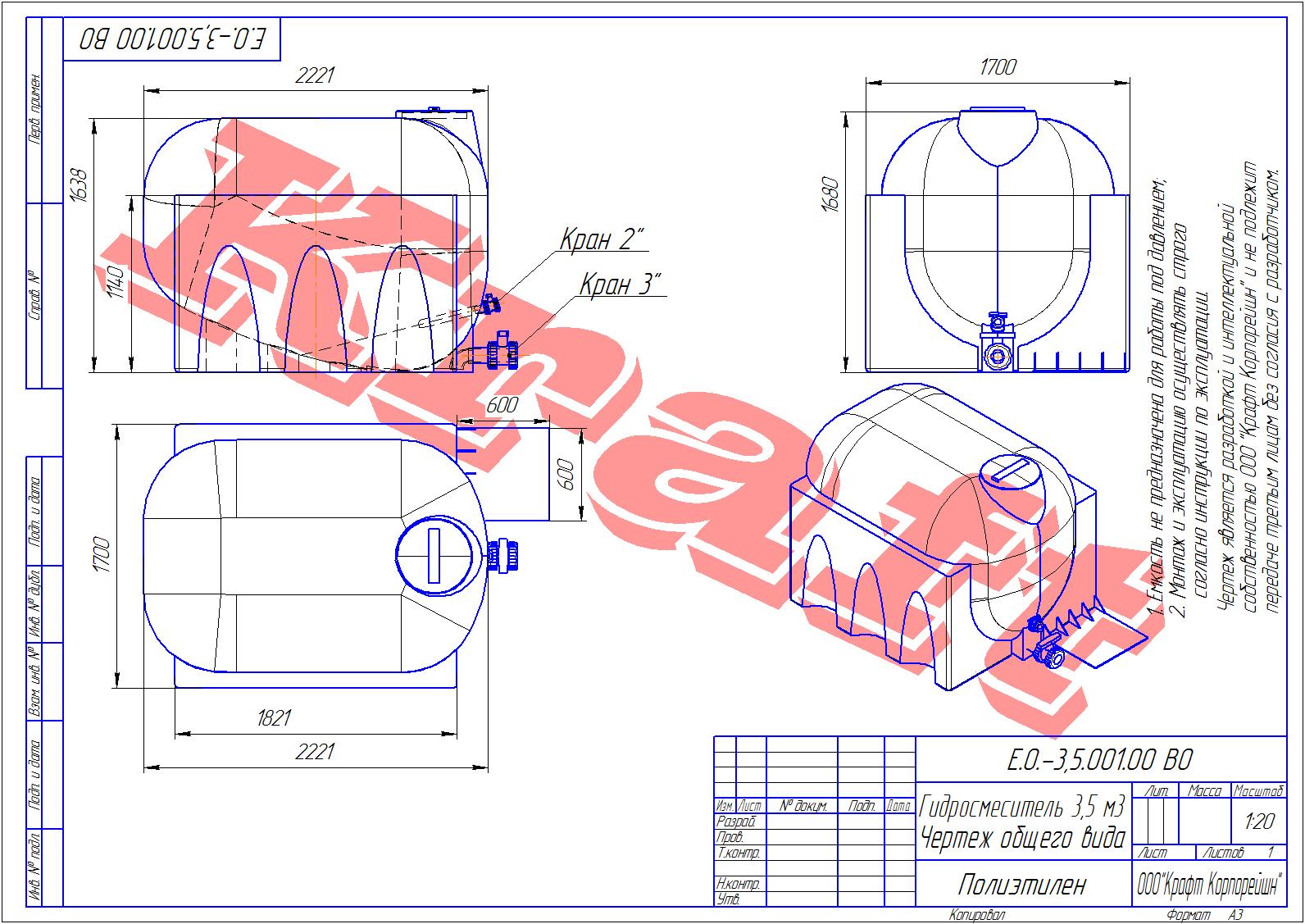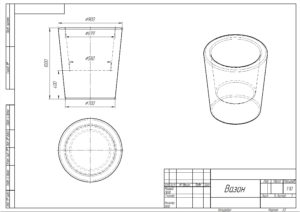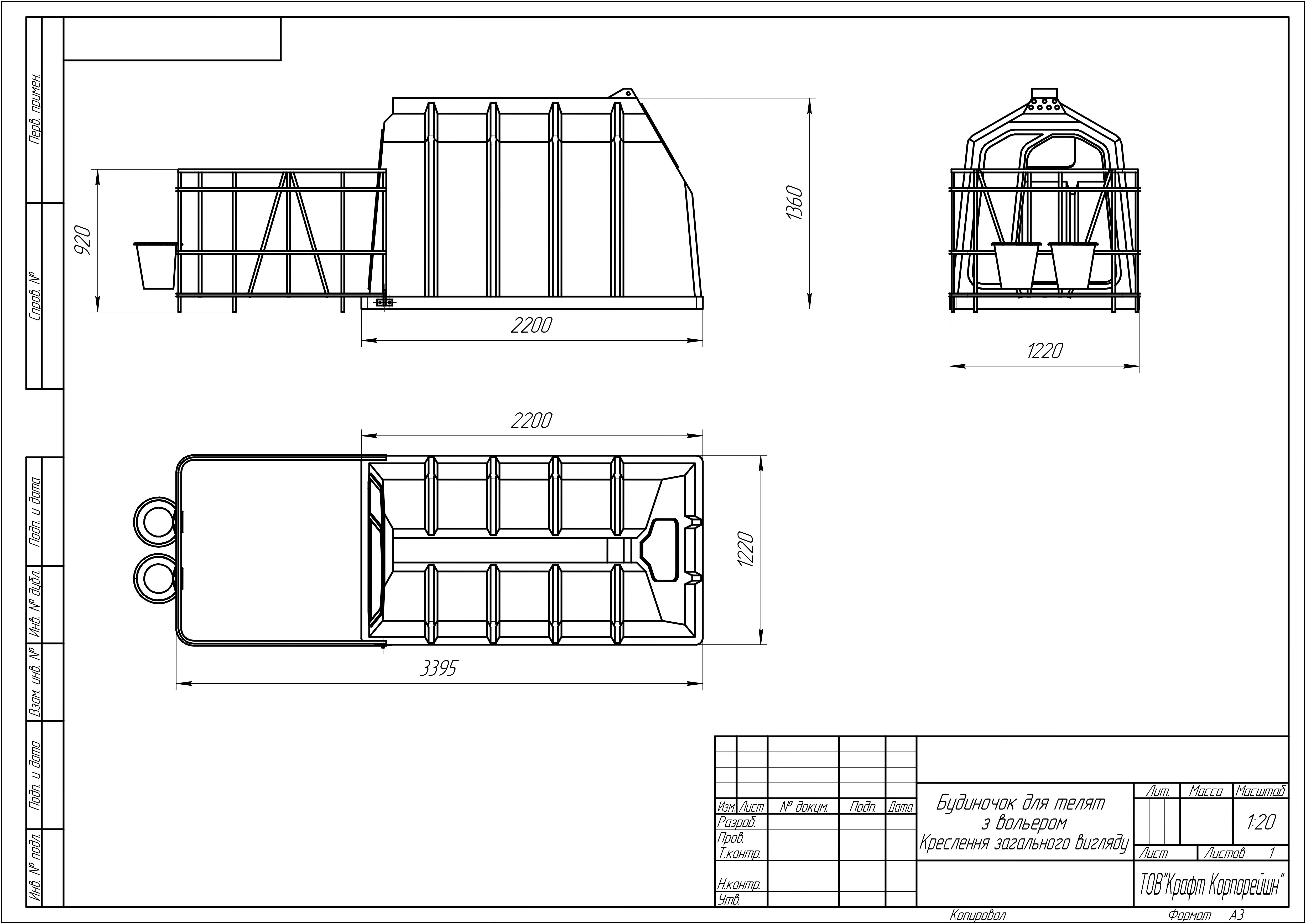Technology
Rotational moulding, known also as rotomolding or rotocasting, is a process for manufacturing hollow plastic products. Rotational molding has particular advantages in terms of relatively low levels of residual stresses and inexpensive molds. Rotational molding also has few competitors for the production of large (> 2 m3) hollow objects in one piece. Rotational molding is best known for the manufacture of tanks but it can also be used to make complex medical products, toys, leisure craft, and highly aesthetic point-of-sale products.
The rotational molding process consists of four distinct phases:
1. Loading a measured quantity of polymer (usually in powder form) into the mold.
2. Heating the mold in an oven while it rotates, until all the polymer has melted and adhered to the mold wall. The hollow part should be rotated through two or more axes, rotating at different speeds, in order to avoid the accumulation of polymer powder. The length of time the mold spends in the oven is critical: too long and the polymer will degrade, reducing impact strength. If the mold spends too little time in the oven, the polymer melt may be incomplete. The polymer grains will not have time to fully melt and coalesce on the mold wall, resulting in large bubbles in the polymer. This has an adverse effect on the mechanical properties of the finished product.
3. Cooling the mold, usually by fan. This stage of the cycle can be quite lengthy. The polymer must be cooled so that it solidifies and can be handled safely by the operator. This typically takes tens of minutes. The part will shrink on cooling, coming away from the mold, and facilitating easy removal of the part. The cooling rate must be kept within a certain range. Very rapid cooling (for example, water spray) would result in cooling and shrinking at an uncontrolled rate, producing a warped part.
4. Removal of the part.
Rotational molding polyethylene is used for the production of many products, including the following:
Industrial products: cylindrical tank, containers, pallets, newspaper and magazine kiosks, medical containers, tool boxes, containers for transportation, garbage cans, septic tanks, lifting devices, mannequins, POS terminals, awnings, air lines, nets, portable toilets, containers for composting.
Transport: boxes for transportation on a truck, air ducts, fuel tanks, road signs, barriers, bumpers and automobile windscreen wipers.
Consumer goods: tables, chairs, beds, desks, benches, containers for drinks and food containers, planter, urns, vases and mailboxes
Agriculture: water storage tanks, feeders and waterers for animals, tractor cab, combine sections and grain silos.
